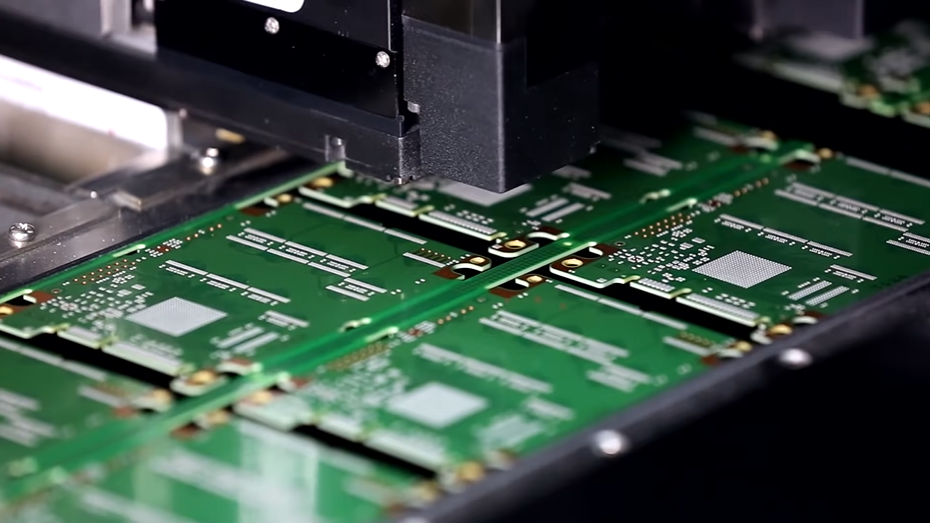Micron Technology Inc. Today debuted the Micron 5400, a new solid-state drive for data centers that’s based on the company’s latest 176-layer flash storage technology.
Micron is a major supplier of storage and memory chips that generated $27.7 billion in revenue last year. Its chips can be found in a variety of devices ranging from data center servers to smart cars.
The company’s new drive is a so-called SATA SSD. It can be attached to servers using the SATA interface, one of the technologies that companies most commonly used to connect flash storage to servers. The Micron 5400 can be connected both to a company’s existing servers and to new machines.
The drive is notable because it’s the first in the category to use Micron’s latest 176-layer NAND flash technology. The technology incorporates several semiconductor innovations that the company says make it faster and more reliable than earlier types of flash memory. Moreover, Micron is promising increased power efficiency.
A flash chip consists of billions of circuits known as memory cells that can each store one to four bits depending on how they’re manufactured. Bits are stored in the form of electricity. To add or remove data, a flash chip changes the amount of electricity in its memory cells.
A decade ago, storage suppliers began rolling out flash chips powered by a technology known as 3D NAND. Memory cells were historically arranged on a flash chip side-by-side in a horizontal configuration. With 3D NAND, it’s possible to stack memory cells vertically atop one another, which manufacturers to significantly increase the total number of memory cells in their storage drives.
The more memory cells there are in an SSD, the more data it can store. Performance is increased as well.
Since 3D NAND was first introduced, flash manufacturers have worked to increase the number of memory cells that can be stacked vertically atop one another. The 176-layer NAND technology that powers Micron’s newly announced Micron 5400 drive arranges 176 memory cells atop one another. The result, according to the company, is that the technology provides significantly more storage space than earlier flash hardware.
Micron had to overcome several major technical obstacles to develop its 176-layer NAND technology.
When two memory cells are located close to each other, electricity can sometimes travel between them, a phenomenon that slows down performance if left unaddressed. Micron addressed the issue by developing a new type of memory cell made in large part of a nonconductive material called silicon nitride. Because it’s nonconductive, the material prevents electricity from leaving a memory cell and traveling to a nearby circuit.
The silicon nitride design also improves performance in another way. Flash chips use complicated algorithms to reduce the risk that electricity will travel between memory cells and slow down performance. Because Micron’s memory cells are more reliable, it’s possible to use less complicated algorithms that take less time to run, which increases performance.
Micron says its new 5400 drive provides “best-in-class” mixed-use write performance. Additionally, the company claims that the device is 50% more reliable than competing SSDs. The result, according to Micron, is a lower risk of technical issues such as server downtime, which reduces the need for hardware maintenance and thereby helps companies lower infrastructure costs.
“Micron is uniquely positioned to lead the SATA market with 176-layer NAND,” said Alvaro Toledo, vice president and general manager of data center storage at Micron. “This cutting-edge NAND enables long-term availability of SATA SSDs while extending a trusted architecture that speeds and simplifies customer qualifications.”
Micron is shipping the Micron 5400 to customers and partners today.
Photo: Micro
Show your support for our mission by joining our Cube Club and Cube Event Community of experts. Join the community that includes Amazon Web Services and Amazon.com CEO Andy Jassy, Dell Technologies founder and CEO Michael Dell, Intel CEO Pat Gelsinger and many more luminaries and experts.
.

